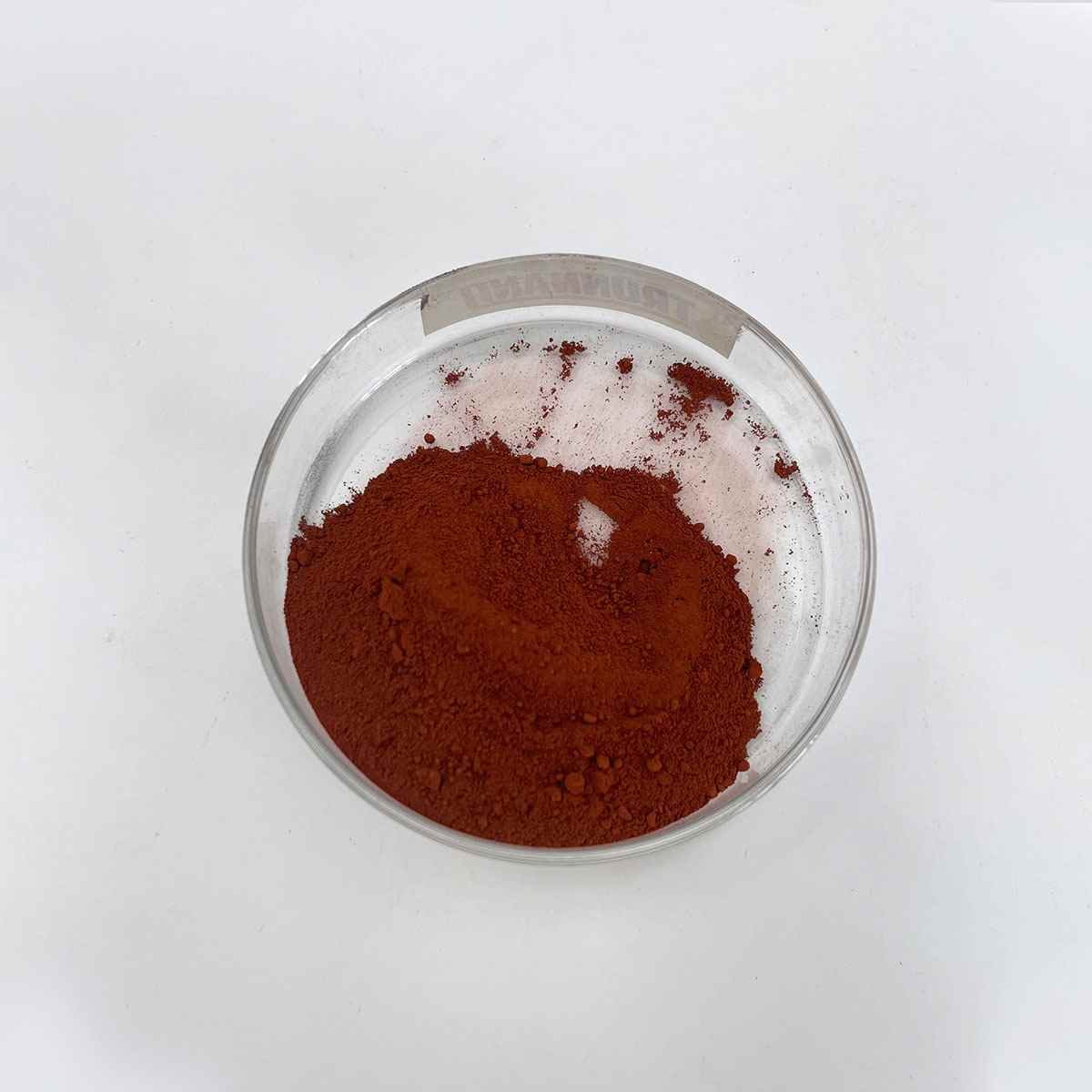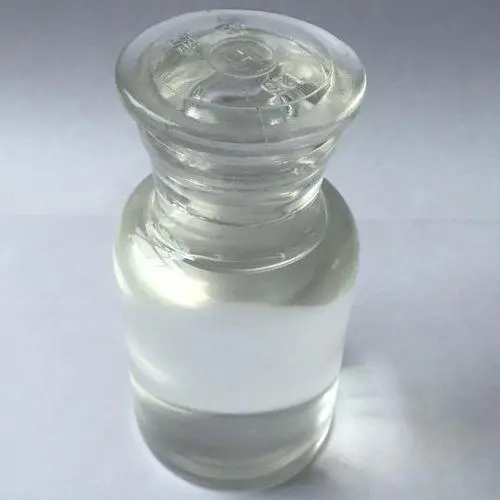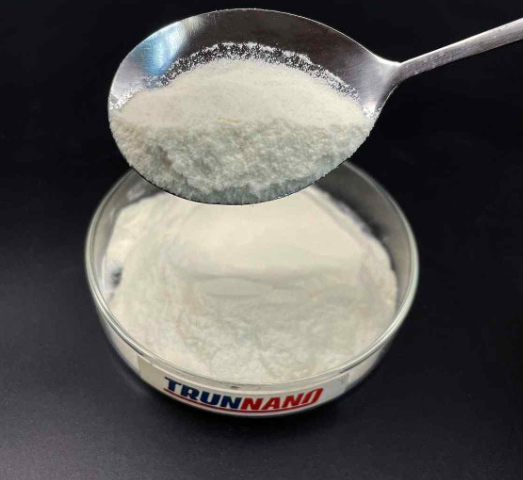1. Introduction
Just 24 hours ago, the U.S. Environmental Protection Agency (EPA) updated its advisory on surfactant use in residential herbicides, highlighting concerns about sodium lauryl sulfate runoff affecting aquatic ecosystems. This renewed attention makes it the perfect time to clarify how to use SLS responsibly—whether you’re formulating shampoo or mixing a DIY weed killer.

Sodium lauryl sulfate—also labeled as sodium dodecyl sulfate, sls sodium lauryl sulfate, or na lauryl sulfate—is one of the most common anionic surfactants worldwide. But despite its popularity, confusion abounds about its safety, alternatives, and proper handling. This guide cuts through the noise with actionable steps.
2. Understanding Sodium Lauryl Sulfate and Its Role as a Surfactant
2.1 What Is a Surfactant?
A surfactant is a compound that lowers surface tension between liquids or between a liquid and a solid. The meaning of surfactant comes from ‘surface-active agent.’ In simple terms, it helps water spread, penetrate, and mix with oils or dirt.
Surfactants fall into four main categories: anionic (negatively charged), cationic (positively charged), non ionic surfactant (no charge), and amphoteric (can switch charge based on pH). Sodium lauryl sulfate is a classic anionic surfactant.
2.2 Sodium Lauryl Sulfate vs. Similar Ingredients
Don’t confuse SLS with sodium laureth sulfate (also called sodium lauryl ether sulfate or sodium lauryl ether sulphate). Though both are anionic surfactants, SLES is ethoxylated, making it milder. Labels may say ‘sls sulfate’ or ‘sulfate laureth’—check carefully.
Other common surfactants include:
- Cocamidopropyl betaine (also called coco betaine, amidopropyl betaine, or coco amido propyl betaine): an amphoteric surfactant often paired with SLS to reduce irritation.
- Decyl glucoside and coco glucoside: nonionic bio surfactants derived from coconut and glucose.
- Sodium cocoyl isethionate and sodium lauroyl sarcosinate: gentler anionic alternatives used in ‘SLS-free’ products.
3. Step-by-Step: How to Use Sodium Lauryl Sulfate Safely
3.1 In Personal Care Products (e.g., Shampoo or Body Wash)

If you’re formulating at home, always start with low concentrations—typically 5–15% SLS in rinse-off products. Higher levels increase the risk of skin and eye irritation.
To reduce harshness, combine SLS with milder co-surfactants:
- Add 2–5% cocamidopropyl betaine to improve foam and reduce irritation.
- Use polysorbate 80 or Span80 as solubilizers for fragrance oils.
- Consider replacing part of the SLS with sodium coco sulfate or alkyl polyglucoside for a gentler profile.
Never mix SLS with cationic surfactants like cetyl trimethyl ammonium bromide (CTAB) or cetyltrimethylammonium bromide—these anionic cationic combinations can neutralize each other and form ineffective or unstable mixtures.
3.2 As a Surfactant for Herbicides or Lawn Wetting Agent
Gardeners often use sodium lauryl sulfate as a surfactant for weed killer to help active ingredients stick to waxy plant leaves. However, it’s not always the best choice.
For herbicide use:
- Mix 1–2 teaspoons of SLS per gallon of water (never exceed 0.5% concentration).
- Better alternatives include nonionic surfactants like ethoxylated alcohol or lignin sulfonate, which are less phytotoxic.
- Methylated seed oil or a wetting agent for grass may outperform SLS in hard water or drought conditions.
Avoid using SLS near ponds or streams—it’s toxic to fish and aquatic invertebrates. The EPA now recommends bio surfactants like rhamnolipids for eco-sensitive areas.
4. Common Problems and Solutions
4.1 Skin Irritation from SLS

If your DIY shampoo stings or dries out skin, you’re likely using too much SLS or not enough co-surfactants. Solution: Reduce SLS to 8% and add 3% coco betaine and 2% glycerin.
4.2 Poor Foam or Separation in Formulations
This often happens when mixing anionic and cationic surfactants. Stick to compatible types—e.g., anionic with amphoteric or nonionic. Pluronic 127 or poloxamer 188 can stabilize emulsions.
4.3 Herbicide Not Sticking to Leaves
SLS may not work well on certain weeds. Try ammonium lauryl sulfate (also called ammonium dodecyl sulfate) or sodium dodecylbenzene sulfonate—they offer better spreading in agricultural settings.
5. Where to Buy and What to Look For
When searching for ‘sodium lauryl sulfate for sale,’ verify purity (≥98%) and check for contaminants like 1,4-dioxane (common in ethoxylated surfactants like SLES, not SLS). Reputable suppliers include Rohit Surfactants Private Limited and lab chemical vendors.
Avoid products labeled ambiguously as ‘lauryl sulfate’ or ‘natrium lauryl sulfate’ without CAS numbers. True SLS is CAS 151-21-3.
6. Conclusion
Sodium lauryl sulfate is a powerful, cost-effective surfactant—but it must be used wisely. Whether you’re crafting shampoo or boosting a weed killer, understanding its chemistry, pairing it with compatible ingredients like alkyl polyglucoside or cocamidopropyl, and respecting environmental guidelines will ensure safe, effective results. With the EPA’s latest update, now’s the time to choose responsibly.
Our Website founded on October 17, 2012, is a high-tech enterprise committed to the research and development, production, processing, sales and technical services of ceramic relative materials such as How. Our products includes but not limited to Boron Carbide Ceramic Products, Boron Nitride Ceramic Products, Silicon Carbide Ceramic Products, Silicon Nitride Ceramic Products, Zirconium Dioxide Ceramic Products, etc. If you are interested, please feel free to contact us.


